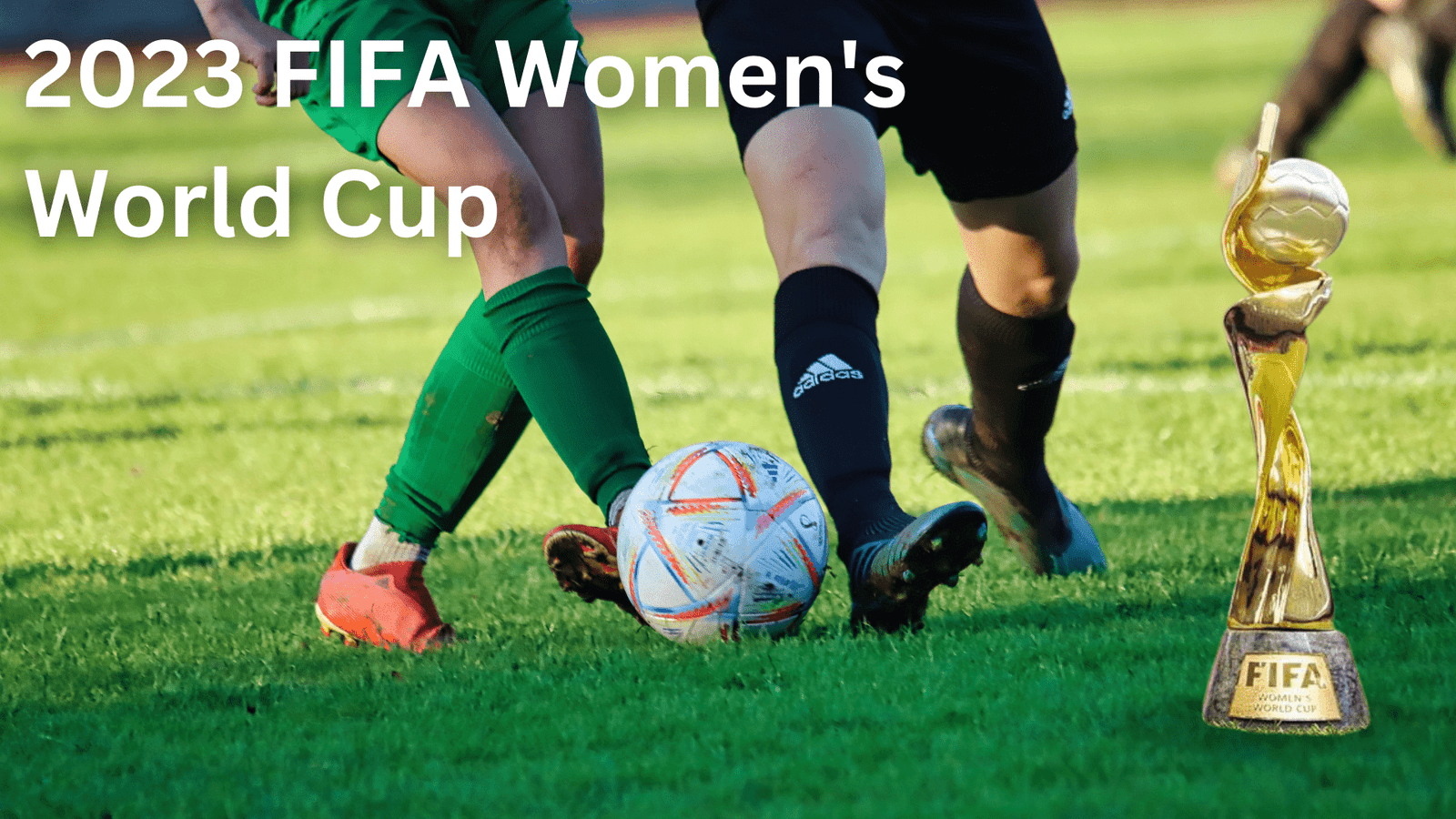2023 FIFA Women’s World Cup: One week prior to the commencement of the Women’s World Cup, the global players’ union FIFPRO released an analysis of the amount of work its members put in for each of the 32 teams leading up to the tournament.

Reason FIFPRO highlighted the Women’s World Cup
The investigation centered on the continental championships conducted in regions other than Europe that also served as World Cup qualifiers, as well as Euro 2022. It was discovered that nearly forty percent of players did not consider themselves to be professionals that nearly one-third of players had not been compensated by their national team, and that sixty-two percent of players had taken unpaid leave or vacation from other jobs in order to participate in tournaments.
Fifpro highlighted the finding that 70% of surveyed players had not received an ECG prior to the competition in the issue. This was especially noteworthy given that slightly more than sixty of the respondents participated in Euro 2022, which was conducted in England during the summer of 2018.

In addition to more comprehensive medical examinations, these types of cardiac health tests are commonplace in men’s sports. 54% of the female international athletes surveyed had not undergone a pre-event medical examination, and 39% had not had access to mental health services.
Importance of mental and physical fitness
One of the most common concerns expressed by respondents to this survey was a persistent fear of mental and physical exhaustion. The difficulty is gradually increasing as time passes. We have higher expectations for players, but I’m not certain that the current resources available to players are sufficient to provide the level of recovery that we require.

Several foreign athletes from South America expressed similar concerns, with one stating that “playing so many consecutive games without sufficient rest is problematic.” Another critic criticized “the terrible fixture schedule,” while a third criticized “a lack of interest in developing women’s football as well as a lack of respect for the players.”
Fifpro is urging Fifa, the international football regulating body, to focus on the qualification process. Fifpro applauds Fifa’s decision to pay participation and prize money to 2023 FIFA Women’s World Cup participants. Each winner will receive £217,000. Those eliminated in the group stage will receive $24,000.
There is a potential risk associated with Europe’s abundance of female football participants. In other regions of the globe, there are insufficient competitive activities. Inadequate measures toward the professionalization of domestic leagues.

One week before the 2023 FIFA Women’s World Cup kicks off in Australia and New Zealand, the global players’ union FIFPRO released a study on its members’ workload from July 20 to August 20 in preparation for the tournament. The event will be held in Australia and New Zealand.
The national teams of England, Spain, and Portugal have played the most minutes in competitive action over the past year, according to a FIFPRO study. Inadequate data collection for Women’s association football in several countries outside of Europe hampered the research. These European powers have experienced a similar epidemic of severe knee injuries among their top players.

Europe was the only continent to hold a tournament specifically designed to qualify countries for the 2023 FIFA Women’s World Cup. Games conducted by other confederations only counted toward continental titles or Olympic qualification. According to research conducted by FIFPRO, Brazil participated in 18 consecutive friendlies, while Colombia and Argentina each participated in 16 consecutive friendlies.
Even the United States, the two-time defending champion, relies primarily on exhibition matches as opposed to genuine competition.

In terms of providing club teams access to international competition, the UEFA Women’s Champions League is light years ahead of other confederations. Since at least 2019, FIFA has intended to host a Women’s Club World Cup, but no concrete plan has been developed.
Last words for the 2023 FIFA Women’s World Cup
Women’s association football is expanding rapidly, and its premier tournament has more than quadrupled in size over the past 12 years, from 16 teams in the 2011 edition to 32 teams in the current competition. The rapid expansion of the tournament could lead to games with lopsided tallies, similar to the United States 13-0 group-stage victory over Thailand four years ago. Farther having an great 2023 FIFA Women’s World Cup.
For more updates – Today News







































+ There are no comments
Add yours